Easy Steps to Get Rid of Blow Flies
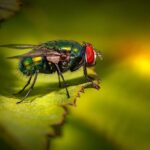
Blow flies are common house pests worldwide. The name blow flies was given because they were believed to blow their eggs or larvae onto exposed meats. The maggots of blow flies are also known to infest the dead bodies of animals.
Blow flies gravitate towards highly populated areas such as slaughterhouses, garbage dumps, close meat-processing plants, trash bins, and places that have an abundance of rotting material, such as fields and forests, areas where loose, damp soil is present, homes, yards, and near livestock. Some species of blow flies have even been known to lay their eggs in the wounds of live animals.
The larvae develop inside the tissue of the live animal, a condition known as myiasis. Myiasis damages the animal tissues, affecting the their health. In server cases, myiasis can lead to the animal’s death.
Blow Fly Identification
Adults are commonly shiny with metallic coloring, often green, blue, or black, blow flies have sponge-like mouthparts. The male blow flies possess feathery hairs on their terminal antennal segments, and the blow fly maggots measure 9 to 22 mm in length. The bodies of the blow fly maggots are soft, having the appearance of rice grains. They have hooked mouthparts and spiracles through which they breathe.
Blow Fly Lifecycle
The female blow fly typically lays her eggs on decaying meat. Depending on the blow fly species, the laid eggs can hatch in a few hours or a few days. Within several days, the maggots go through 3 stages. Once the stages are completed, the maggots pupate in the soil. After several days, when the pupation is completed, the adult blow flies emerge.
What Else Attracts Blow Flies
Besides the above that was mentioned here, is what also attracts blow flies, there are also places to check for their larvae.
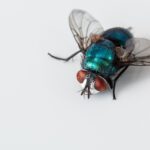
- Blow flies can be found in unused appliances.
- Crawlspaces.
- Chimneys.
- Fireplaces.
- Elevator pits
- Compost pile.
- Clogged floor drains.
- Beneath equipment.
- Where there is clutter and debris.
- Wall void.
- Animal waste.
- Clogged sewer drains.
How to Control Blow Flies
Steps can be taken to control blow flies, these simple steps are effective and will reduce blow fly population to the point of elimination.
- The first steps to blow fly control is sanitation and exclusion. You should make sure that your outdoor garbage storage area is clean, which means trash and debris should be properly concealed in trash cans with properly tight-fitting lids.
- Outdoor water pipes and faucets should be in good repair, and remove all outdoor containers that collect water. Water that is allowed to collect outdoors will also attract rats, mice, mosquitoes, and other yard and house pests.
- If window screens are damaged, repair them.
- The door stripping should be in good order.
- Keep your drains clean.
- Windows that are broken should be replaced.
- Dumpsters should be at a distance from the building.
- Sink and drain areas should be properly maintained at all times.
- Locate and eliminate all breeding sites for effective control. Adult blow flies will typically be hanging around near the breeding site.
- Remove all material where blow flies are known to lay their eggs.
- Installing insect light traps (ILTs) may also help control the flying adults.
Other Methods to Control Blow Flies
Blow flies can be controlled by installing fly glue traps or the use of insecticides such as contact (aerosol) sprays that will deliver a quick knock-down.
Note: ” Species of blow flies such as the black blow fly and the green blow fly are said to be used in the medical field, the larvae of blow flies were commonly used to clean open wounds, the larvae only feed on tissues that are decaying”.
However, blow flies will move among the habitat of humans, feces, and the carcass of dead animals, transmitting disease organisms to humans, such as bacteria that cause cholera, dysentery, and typhus.
Additional information
Eliminating the adults only will not solve the blow fly problem, all breeding sites must be found and disposed of.
10 Frequently Asked Questions (FAQs)
1. What exactly are blow flies, and how are they different from regular house flies?
Blow flies are those shiny, metallic-looking flies—often blue or green—that you might spot buzzing around your trash or windows. Unlike the common house fly, blow flies are attracted to decaying organic matter like dead animals or spoiled meat. That makes them not just annoying, but potentially hazardous since they can carry harmful bacteria.
2. Why do I suddenly have blow flies in my house?
If blow flies seem to have shown up out of nowhere, chances are something inside (or very close to your home) is attracting them. This could be a forgotten bag of meat in the trash, a dead rodent in the attic or walls, or even pet waste. Blow flies can sniff out decaying matter from long distances—and they act fast!
3. Are blow flies dangerous to my family or pets?
Yes, they can be. Blow flies aren’t aggressive biters, but they can carry bacteria from decomposing material and spread it to your kitchen surfaces, food, or pet dishes. If they’ve laid eggs somewhere indoors, maggots could follow, which is both gross and unsanitary.
4. What smells or conditions attract blow flies indoors?
Blow flies have an incredible sense of smell. They’re drawn to:
-
Rotting meat
-
Trash bins
-
Dead animals (like a trapped rodent)
-
Pet feces
-
Dirty drains
If your home has any of these, it’s like putting up a neon “Open Buffet” sign for blow flies.
5. How can I find where the blow flies are coming from?
Follow the flies! See where they gather most—windows, light fixtures, or a specific corner. Common sources include:
-
Garbage cans (especially if meat was thrown out)
-
Ceiling or wall gaps (hinting at a dead rodent)
-
Floor drains or plumbing
-
Pet areas
A strong foul odor usually helps locate the hidden source.
6. What’s the best way to get rid of blow flies inside the house?
Here’s a quick action plan:
-
Find and remove the source (trash, dead animal, etc.).
-
Clean and disinfect the area thoroughly.
-
Use fly traps or sticky ribbons to catch lingering flies.
-
Spray a residual fly killer in affected areas.
-
Seal up any entry points (screens, vents, cracks).
Natural repellents like vinegar and essential oils can also help keep them away once the main issue is solved.
7. Can blow flies lay eggs inside my house?
Absolutely. If blow flies find the right conditions—like rotting food or a dead animal—they’ll lay eggs there. These eggs hatch into maggots in just a few hours. That’s why acting fast is crucial if you see even a few flies buzzing around.
8. Are DIY solutions effective for blow fly infestations?
For mild infestations, yes. Homemade vinegar traps, fly paper, or even a bowl of apple cider vinegar with dish soap can catch quite a few. But if you’re dealing with dozens of flies or maggots, it’s best to use commercial insecticides or call a pest pro—especially if the source is hard to find.
9. How can I prevent blow flies from coming back?
Prevention is all about cleanliness and sealing off attractants:
-
Take out trash daily, especially if it contains meat.
-
Keep food sealed and counters clean.
-
Regularly clean drains and garbage disposals.
-
Make sure window screens and doors are tight-fitting.
-
Dispose of any dead rodents or birds immediately if found.
A tidy, sealed home is your best blow fly barrier.
10. When should I call a pest control professional?
If you:
-
Can’t find the source of the infestation
-
See maggots appearing repeatedly
-
Notice a persistent foul smell
-
Are overwhelmed by the number of flies
…it’s time to bring in the pros. They have the tools and experience to track down hidden sources (like inside walls or ducts) and eliminate the problem for good.
Conclusion
Blow flies can become a big problem if ignored, but their population can be managed with the help of these proven methods, the key is to take away the environment that attracts them, along with the use of pesticides and fly traps, which will create for you a pest-free zone. Why allow these disease-carrying critters to become a nuisance when you can strike back with these proven steps that have worked for others and will work for you as well.

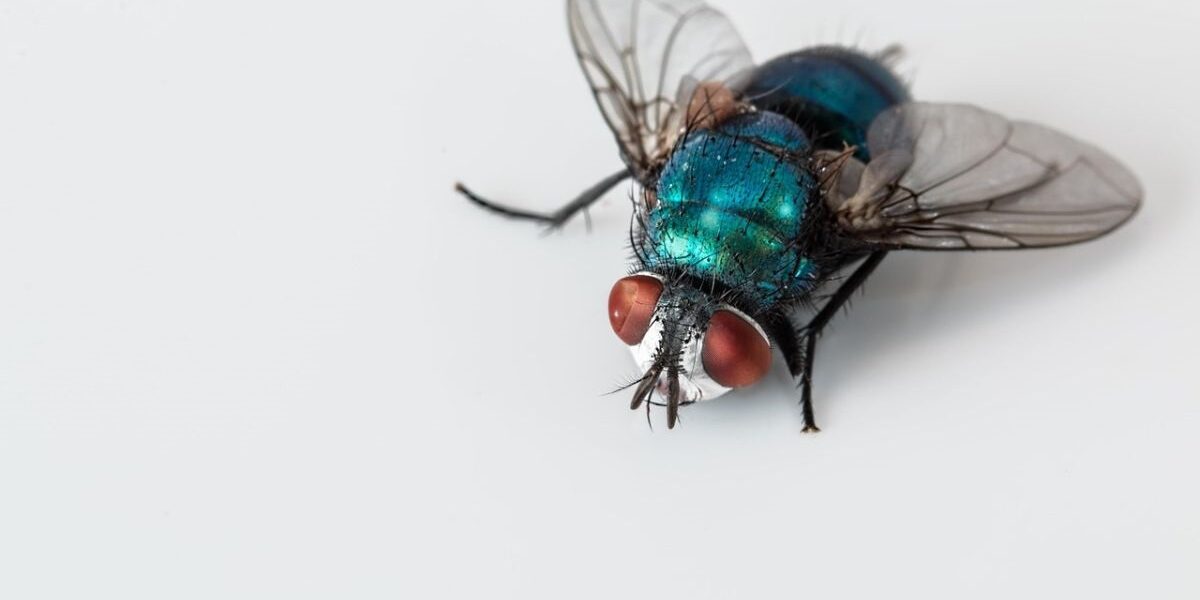

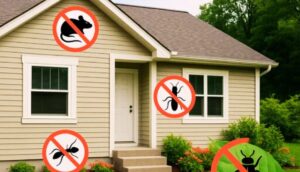

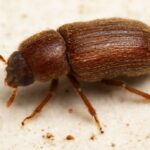
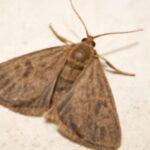
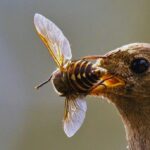
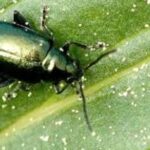
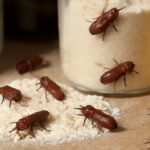
-It is in fact, important, to try and protect one’s own habitat.
-Have you actually considered trying those hanging fly traps? Will those work in this case?
-I don’t want flies all over my food and such; best thing to, in that case, is to get the exterminator to come over and to help deal with it.
-Maybe also store fruit in the fridge just to that it’s not hanging out in the open or anything.
-Best,
ALEJANDRO G.
All of the methods we discussed will work for you to eliminate blow fly population.
Blow flies are more than just a nuisance; they pose serious health risks by transmitting bacteria that can cause diseases like cholera and dysentery. This article provides a comprehensive guide to identifying, preventing, and eliminating these pests effectively. The emphasis on sanitation is crucial—proper waste disposal, cleaning drains, and sealing entry points are essential first steps. Additionally, the use of insect light traps, fly glue traps, and targeted insecticides can significantly reduce infestations. One key takeaway is that simply eliminating adult flies won’t solve the problem; finding and disposing of breeding sites is critical. The mention of blow flies’ medical applications is intriguing, highlighting their unique role in wound care. Overall, this guide offers practical and effective solutions to control blow flies and maintain a hygienic environment. Taking action now can prevent a full-blown infestation in the future!
It is amazing how the larvae are used in the medical field, I am so happy to help!